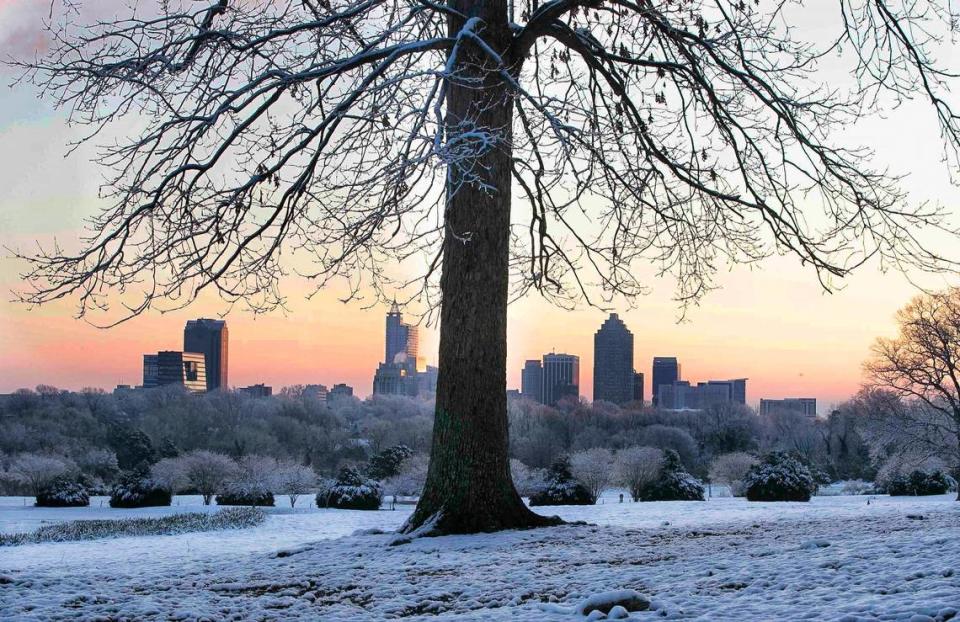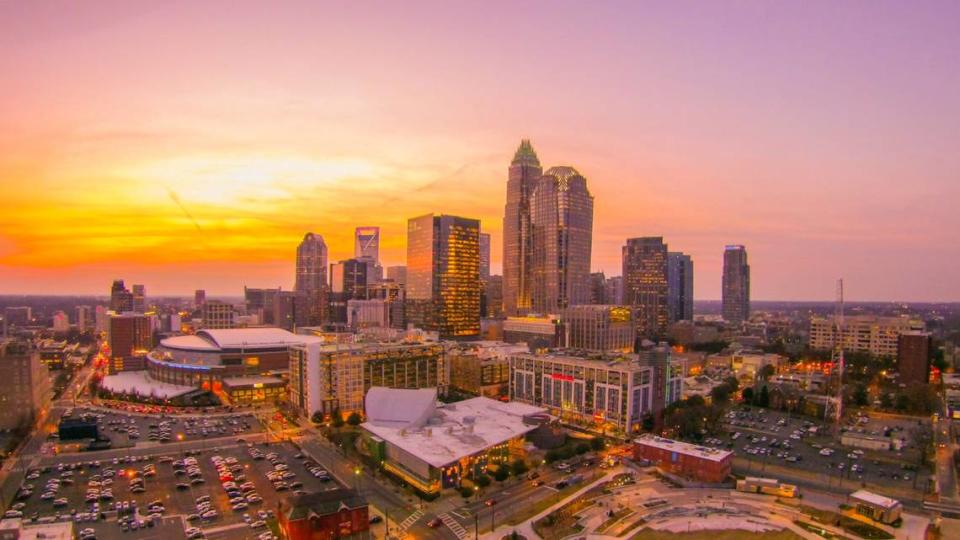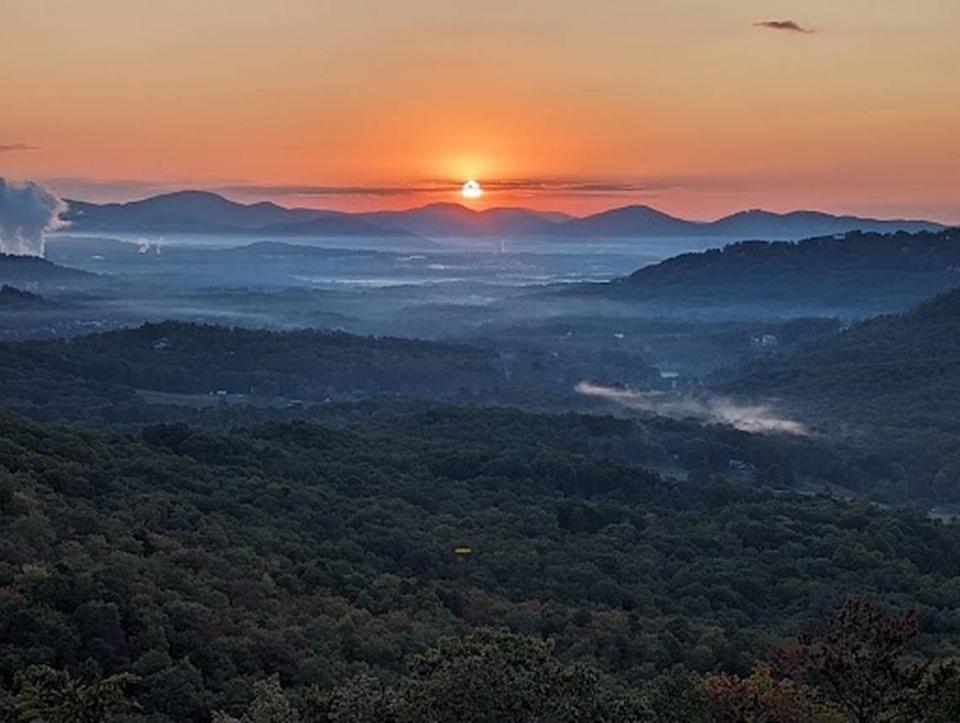It’s time to set back the clocks. What daylight saving time means for sunrise and sunset
Set your clocks back this weekend for daylight savings, which will give us an extra hour of light in the mornings — and one fewer hour of daylight at the end of the day.
Daylight savings ends Sunday, Nov. 5 at 2 a.m.
Falling back this time of year means we get an extra hour of sleep, as we’ll technically get to repeat the 1 a.m. to 2 a.m. hour.
Didn’t Congress get rid of daylight savings?
No, but there were some legislative moves trying to abolish it.
The U.S. Senate unanimously passed the Sunshine Protection Act in March 2022 to make daylight savings time permanent.
But it was not passed by the House of Representatives nor signed into law by President Joe Biden.
This act would stop Americans from changing their clocks twice a year.

Will my phone’s time change automatically for daylight savings?
Yes, if you turn on a special setting.
Here’s how to make sure your iPhone will auto-update for daylight savings:
Open your Settings app
Click “General”
Click “Date & Time”
Turn on “Set Automatically”
Here’s how to make sure your Android device, like a Samsung Galaxy, will auto-update for daylight savings:
Open your Settings app
Click “System”
Click “Date & time”
Turn on “Set time automatically”
When is sunrise, sunset in Raleigh after daylight savings?
The current sunrise in Raleigh is around 7:35 a.m., and sunset is around 6:15 p.m., according to sunrise-sunset.org.
Once daylight savings ends this weekend, here’s how the length of the day will change throughout the winter months:
November: On Nov. 5, sunrise will be one hour earlier around 6:40 a.m., and the day will end one hour earlier around 5:15 p.m.
December: The day will shorten throughout the winter. By December, sunrise will be around 7 a.m. and sunset around 5 p.m. for a 10-hour day.
Christmas: On Dec. 25, sunrise is around 7:20 a.m. and sunset around 5:10 p.m.
January: Sunrise will continue to creep later and later until mid-January, when the days will stretch longer again by 37 minutes with earlier sunrises and later sunsets.
Springtime: When daylight savings is set to begin again in March, 12-hour days of sunlight will begin around 7:30 a.m.
(Source: sunrise-sunset.org/us/raleigh-nc)

When is sunrise, sunset in Charlotte after daylight savings?
The current sunrise is slightly later in Charlotte than in Raleigh, with sunrise around 7:45 a.m. and sunset around 6:30 p.m., according to sunrise-sunset.org.
Here’s how sunrises and sunsets will change after daylight savings ends on Sunday:
November: On Nov. 5, sunrise will be one hour earlier around 6:45 a.m., and the day will end one hour earlier around 5:30 p.m.
December: The day will shorten throughout the winter. By December, sunrise will be around 7:15 a.m. and sunset around 5:15 p.m. for a 10-hour day.
Christmas: On Dec. 25, sunrise is around 7:30 a.m. and sunset around 5:15 p.m.
January: Sunrise will continue to creep later and later until mid-January, when the days will stretch longer again by 36 minutes with earlier sunrises and later sunsets.
Springtime: When daylight savings is set to begin again in March, 12-hour days of sunlight will begin around 7:40 a.m.
(Source: sunrise-sunset.org/us/charlotte-nc)
What is the purpose of daylight savings?
As the name implies, daylight saving time is a way to save energy and light during spring and summer months.
Studies have shown the extra hour of daylight resulted in safer roads for pedestrians, lower crime rates, and economic benefits.
Critics, however, say more dark mornings could lead to grogginess for commuters and parents who drive their children to school, especially in the winter.
Other concerns about daylight saving time included:
Disruptions to harvesting schedules for farmers.
Interference with religious observances based on solar and lunar time.
Potential delays in reworking computer systems programmed to switch twice a year.

Is daylight saving always the same time of year?
The Uniform Time Act of 1966 established national start and end dates for daylight saving time, according to the U.S. Department of Transportation.
But the act allows states to exempt themselves from observing daylight saving time under state law.
Arizona and Hawaii — along with the U.S. territories of American Samoa, Guam, the Northern Mariana Islands, Puerto Rico and the Virgin Islands, but with the exception of Arizona’s Navajo Nation — observe permanent standard time.
Triangle Asked & Answered: What do you want to know?
Have a question about something in our community? The News & Observer’s Service Journalism team wants your questions for our Triangle Asked & Answered series. Reach out to us by filling out this form or by sending an email to ask@newsobserver.com.
Worldwide group will begin renaming birds, including these 10 from NC. Here’s why
Here are the colorful birds — including orioles — migrating to NC this fall and winter

